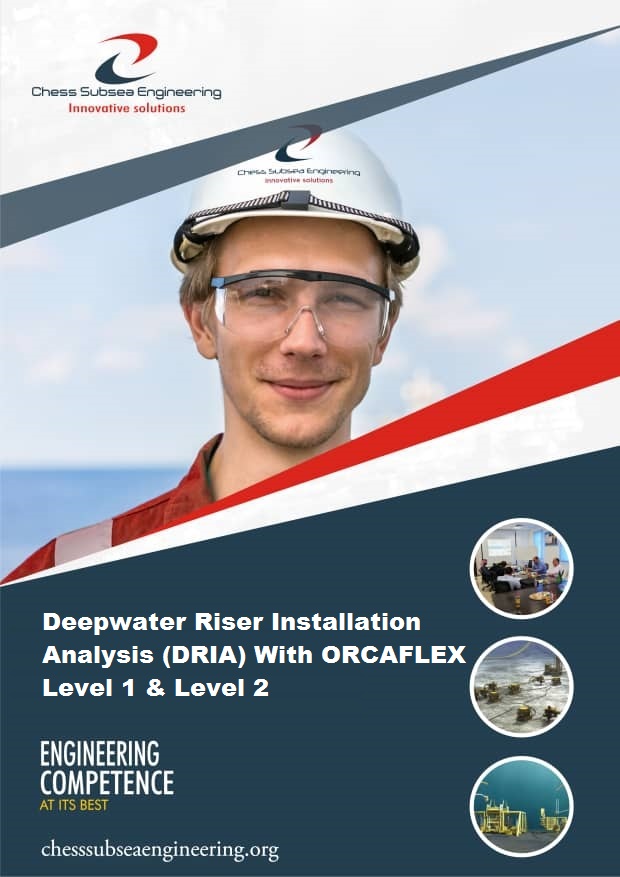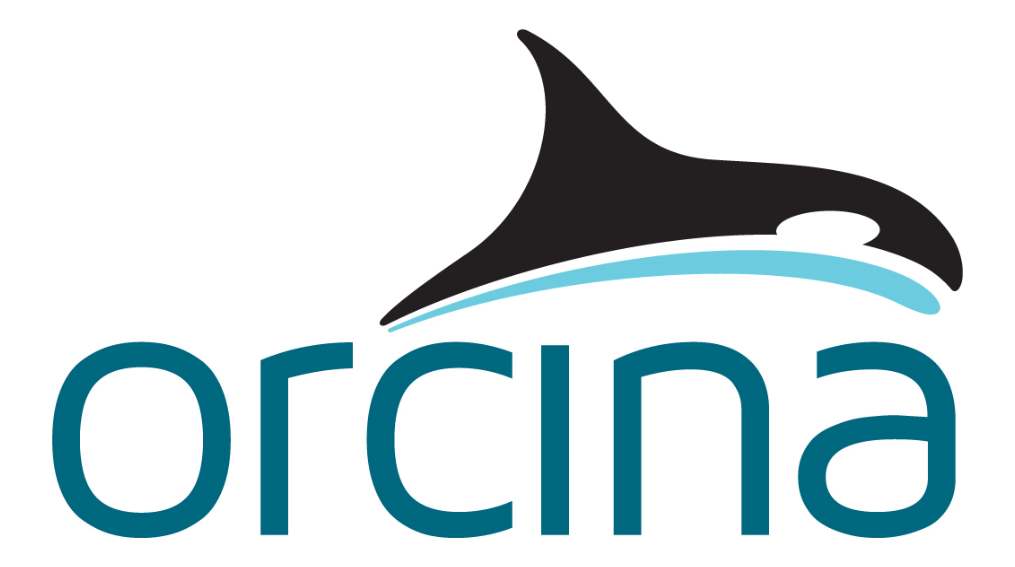

Riser analysis for the deployment and the storm hang-off conditions was conducted for the Glomar C.

According to riser eigenvalue analysis, the soft hang-off configuration could have a first axial natural period in the range of 30–50 s. As noted earlier, the soft hang-off configuration with the LMRP is modelled using a spring that connects the top of the riser to the vessel. For a typical ultra deepwater well, the first axial natural period of a hung off riser could be about 5 s. Riser analysis for the 10-yr storm conditions can be used to compare riser response in the “soft” and the “hard” hang-off configurations. John Halkyard, in Handbook of Offshore Engineering, 2005 9.2.6.2.5 Interpretation of Analysis Results top tension, and other relationships for various mean vessel offsets and mud weights. Output results are presented as parametric plots of top angle vs. ( As high drag loads, vortex-induced vibration of the riser pipe causes increased riser drag coefficients, causing larger riser angles.) For the input conditions, state-of-the-art riser analysis programs determine, evaluate, and calculate the riser’s deflected shape, angles, and stresses. Also, high current conditions have a much different influence on the riser than the storm conditions. Of importance is the fact that the operational limits for the nondrilling conditions are greatly less restrictive than those that apply for drilling conditions. 1.ġ-Year winter storm-connected, drilling 2.ġ0-Year winter storm-connected, nondrilling 3. RAOs of the vessel ( Table 14.2) and metocean conditions ( Table 14.3) were used with analysis carried out for the following conditions, one with extreme waves and the other with extreme current. The riser stack-up as previously stated in the previous section was modeled using a typical riser analysis program. The outcome of the study is to suggest the most suitable method for obtaining the worst case loading for installation of subsea structures, pipelines (rigid and flexible) and umbilicals.Riser analysis for a connected riser configuration was conducted to determine if the top tensioning capacity is sufficient to support a riser in 9000 ft (2743 m) of water based on representative design metocean conditions, using up to 16 ppg (1917 kg/m 3) mud in a specific deepwater region. The analysis will then be re-run for a 100s duration, with the simulation starting at least 50s before the extreme amplitude time occurrence, using a static model of the complete subsea installation scenario. The study will involve running a 3-hour simulation to determine the time at which each extreme amplitude occurs for a range of wave heading/period combinations, using a static model containing just the installation vessel. As such, a study will be performed using OrcaFlex to determine which method correlates most with the worst-case loading for subsea structure and pipeline installation. Knowing which method will capture the worst-case loading and associated limited sea states is critical in the analysis. 100s) that incorporates the expected worst-case loading during a 3-hour simulation at the point of interest on the vessel, such as crane tip or tensioner exit.Ī short simulation can be defined by the largest rise/fall of a wave or extreme vessel response (max/min heave, velocity or acceleration). Therefore, it is common practice to analyse a short simulation period (e.g. However, this is very computationally expensive to perform due to the large quantity of load cases required. For irregular wave analysis, DNVGL-RP-N103 recommends performing a 3-hour simulation to ensure adequate statistics. Time-domain irregular wave dynamic analysis is performed using OrcaFlex as this is representative of a real sea state as opposed to regular wave.

Therefore, it is important to select the correct analysis method to obtain the most accurate results.

When installing subsea structures and pipelines, the ability to capture the worst case loading and limiting sea states during the installation analysis can improve safety offshore and lower the operational risks.


 0 kommentar(er)
0 kommentar(er)
